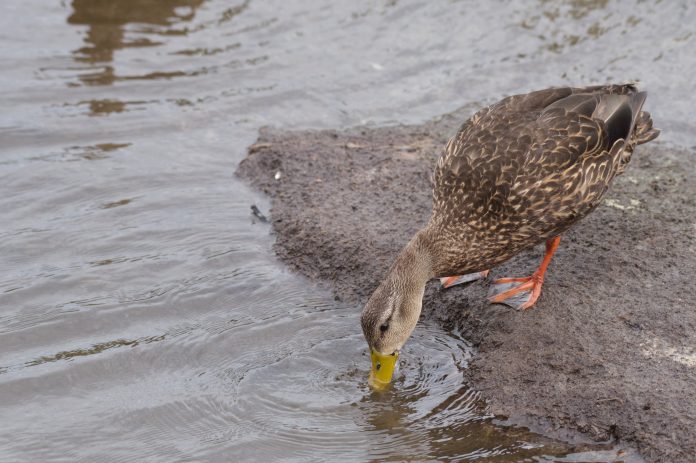
HARLINGEN — The days of fumbling with a bulky book-form field guide as you try to identify a quick-moving bird in the canopy above may not be over, but they are increasingly less optimal.
An explosion of high-tech birding apps has truly revolutionized field identification of bird species and most modern birders wouldn’t leave home without them.
And being connected with other birders logging their sightings means you have instant, real-time access to bird sightings across a region.
“In the old days, the rare bird alert was done like with a recording, and you called the number and you put in your report,” said Roy J. Rodriguez, park ranger/lead interpreter at Bentsen-Rio Grande Valley State Park.
“Now you have an online bird alert every week, and with the technology, everybody’s using these apps. Usually WhatsApp,” he added. “The WhatsApp allows everybody to know what’s going on immediately. And they have eBird. eBird is the way everybody reports, so you can look at eBird and see what they’re seeing.”
Justin LeClaire is an avian conservation biologist and one of the field guides at the recent Rio Grande Valley Birding Festival.
“Sibley is my main field guide that I use as an app, Sibley eGuide to Birds, or something like that,” he said. “But that’s a well-known guide in general in a book form as well. I’ll use that and absolutely eBird for sure to track bird sightings.
“Do I use anything else, really? That’s really all I use but I know a lot of people like the Merlin app which you can put photos in or you can record now and it’ll actually tell you either what it thinks the photo is or it will suggest a species,” he added. “Or if you have a recording it will tell you what its hearing, or what it thinks its hearing at least. Its’s not perfect but it actually does work really well.”




